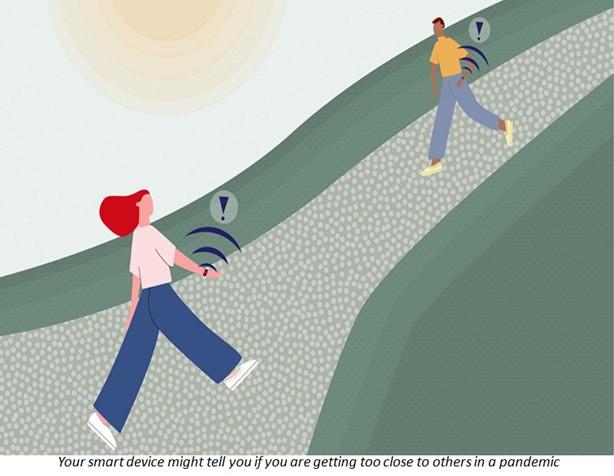
"The next pandemic is not a matter of if, but when," states the recently released, NIST Internal Report NIST IR 8437 On the Feasibility of COVID-19 Proximity Detection Using Bluetooth Low Energy Signals. The report addresses whether electronic devices – such as smartphones, wristbands – can instantaneously alert users when they are getting too close to others in a pandemic or if they have had close contact over a prescribed period of time in the past with those who have tested positive for a virus.
During the COVID-19 pandemic, NIST researchers assessed electronic devices for this ability, collecting Bluetooth Low Energy (BLE) Received Signal Strength Indicator (RSSI) data over several weeks. The electronic devices were developed at NIST and used Bluetooth and other technologies that can message nearby devices. Researchers tested the devices in varying radio frequency (RF) signal propagation scenarios, and developed various proximity detection methods and analyzed their performance.
NIST researchers reported that proximity detection based on BLE RSSI data does not work reliably. Proximity detection based on ultrasound and ultra wideband (UWB) RF signals hold much better promise. NIST has studied proximity detection based on ultrasonic signals and found that it can be quite effective with low false positive and false negative rates.

